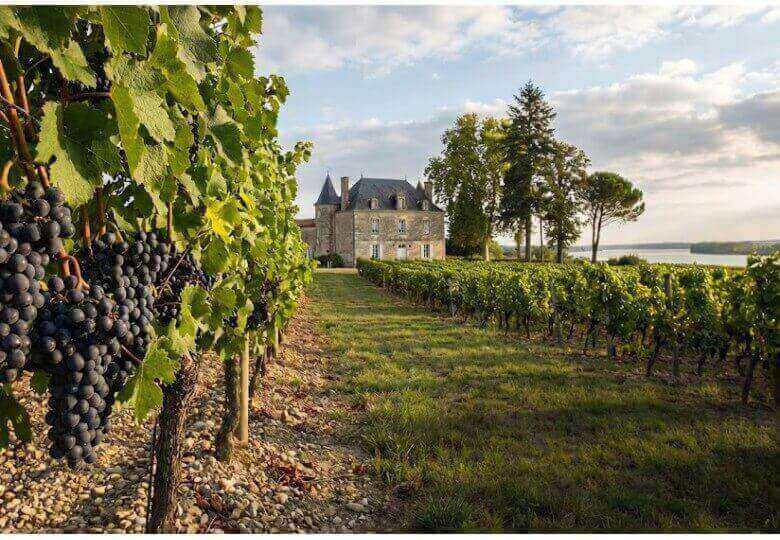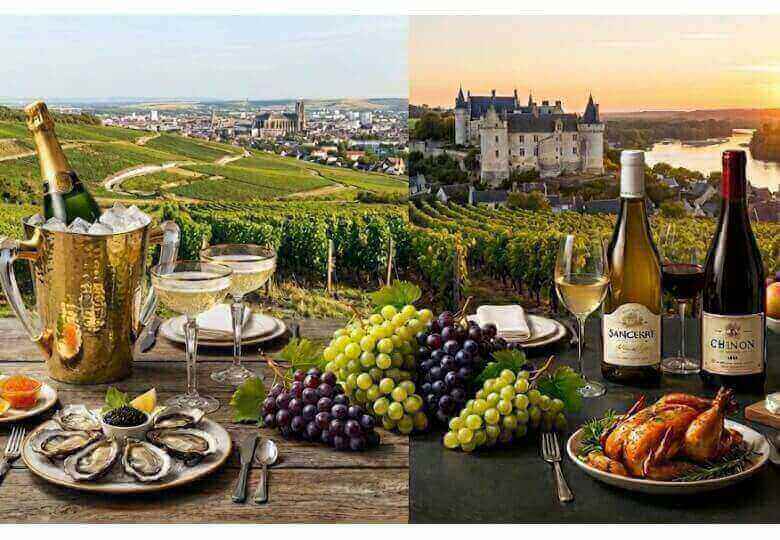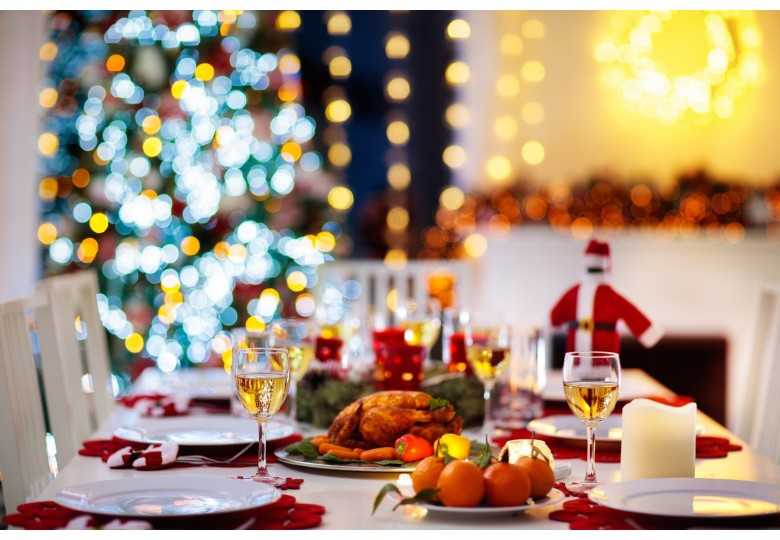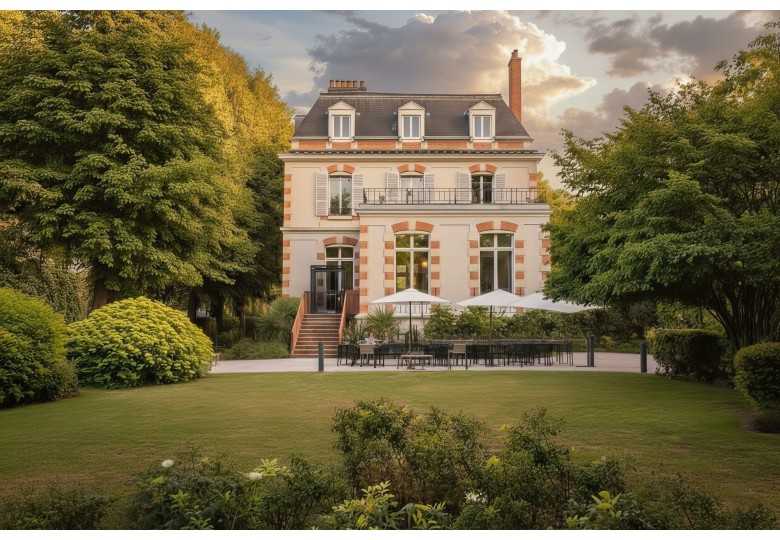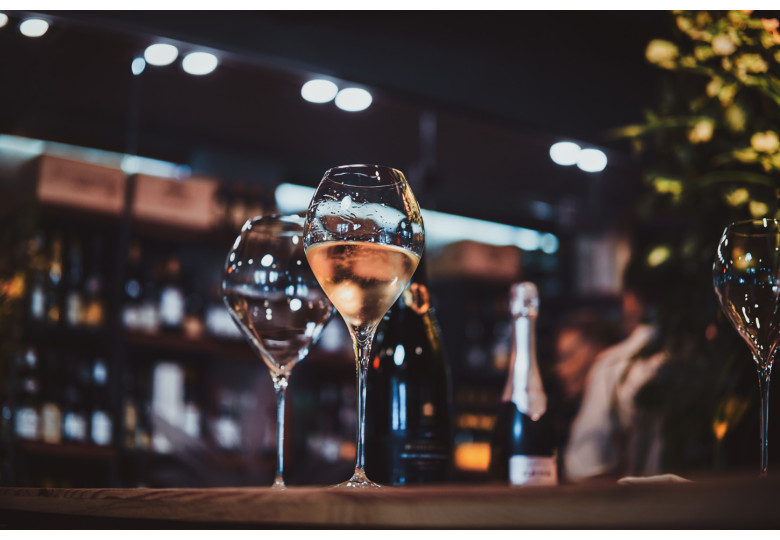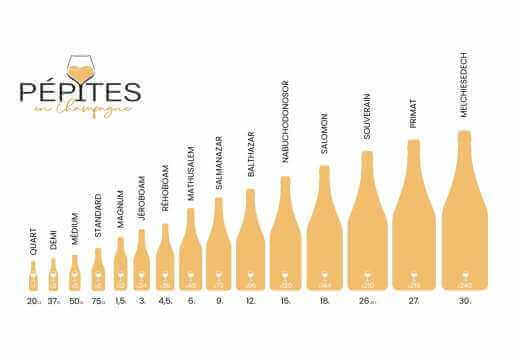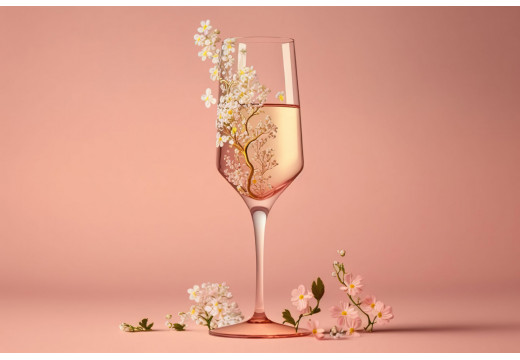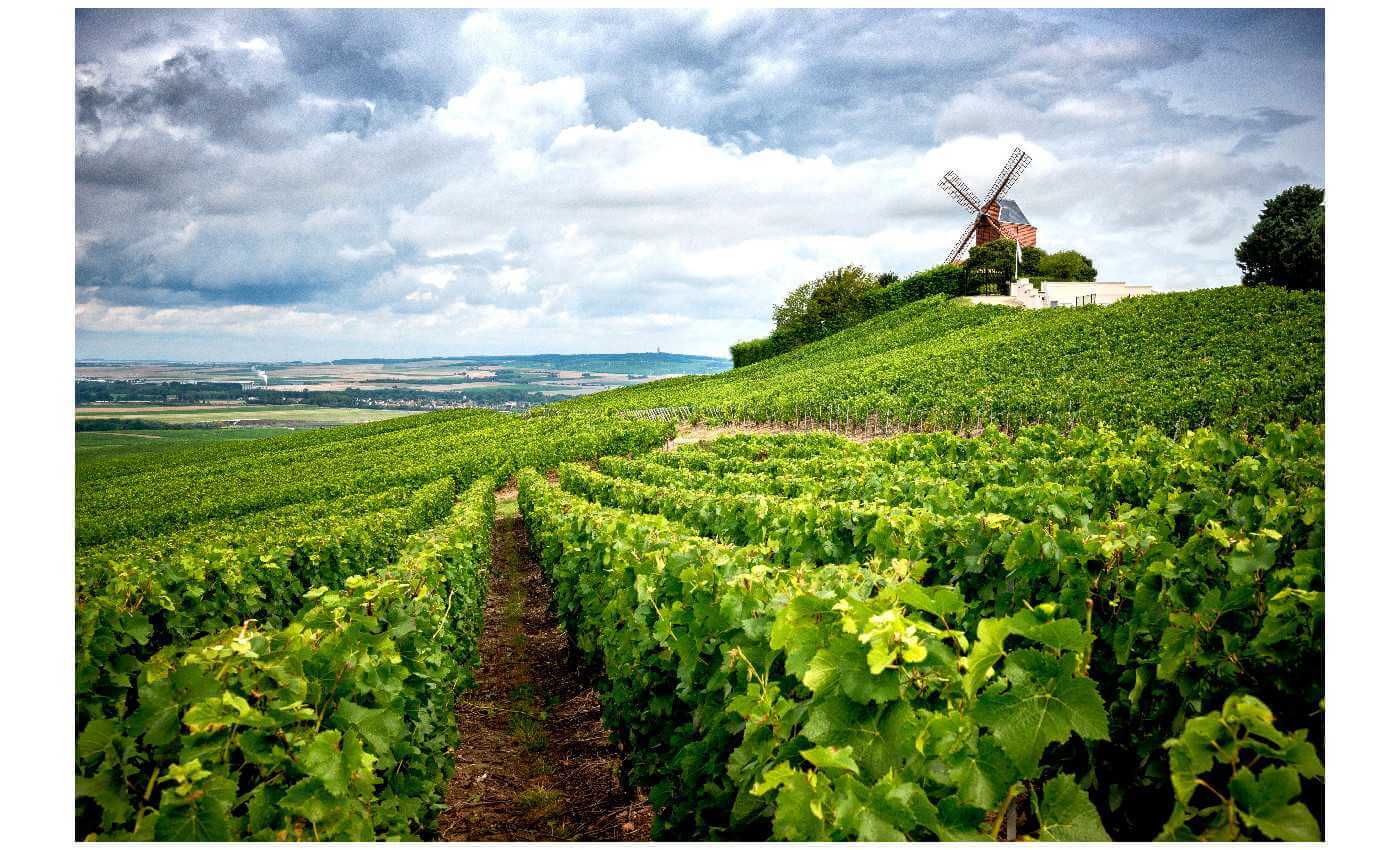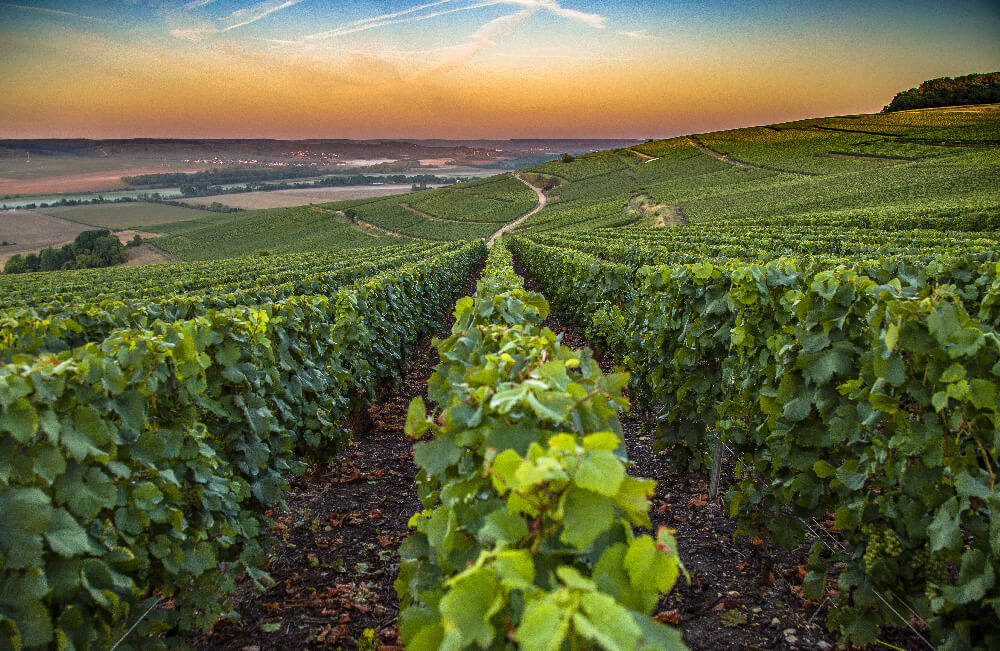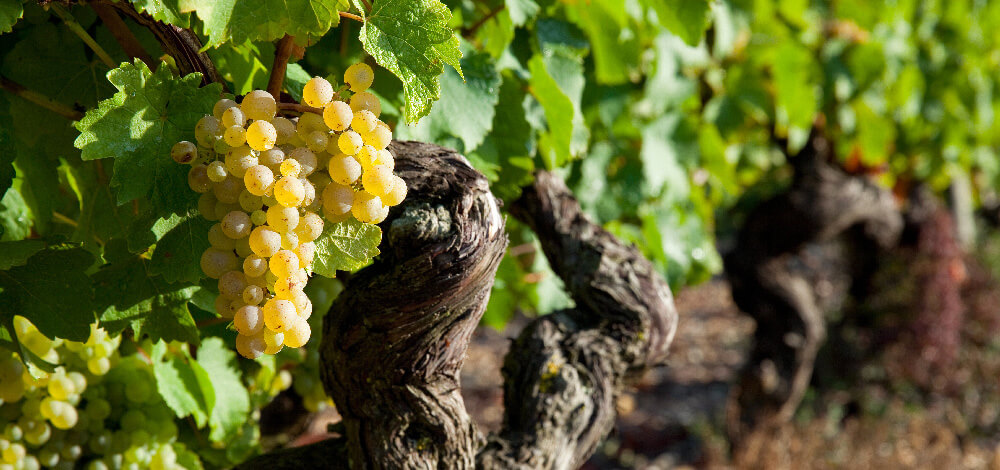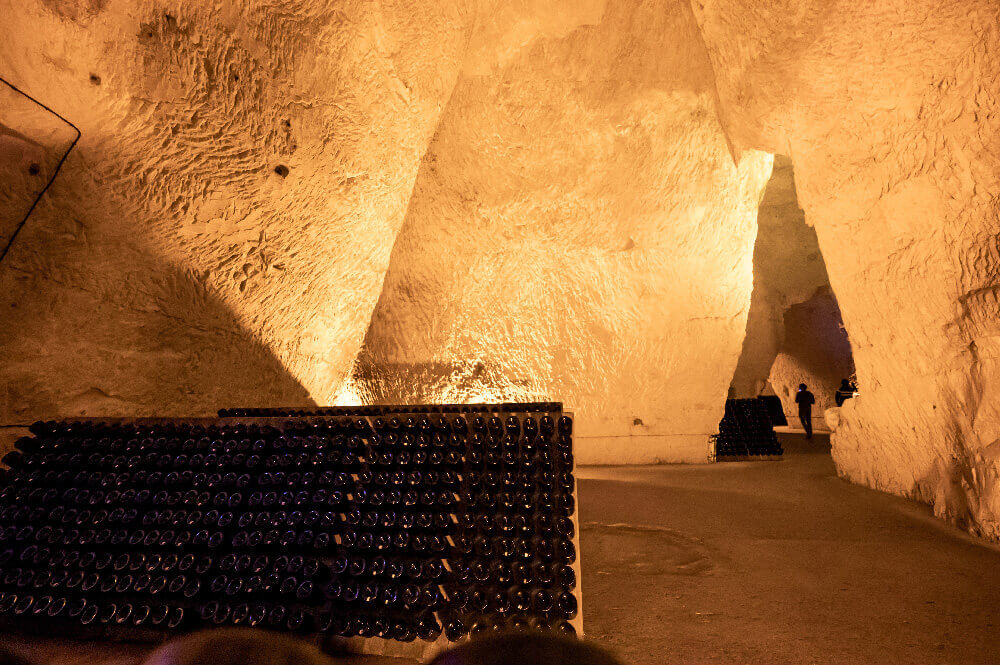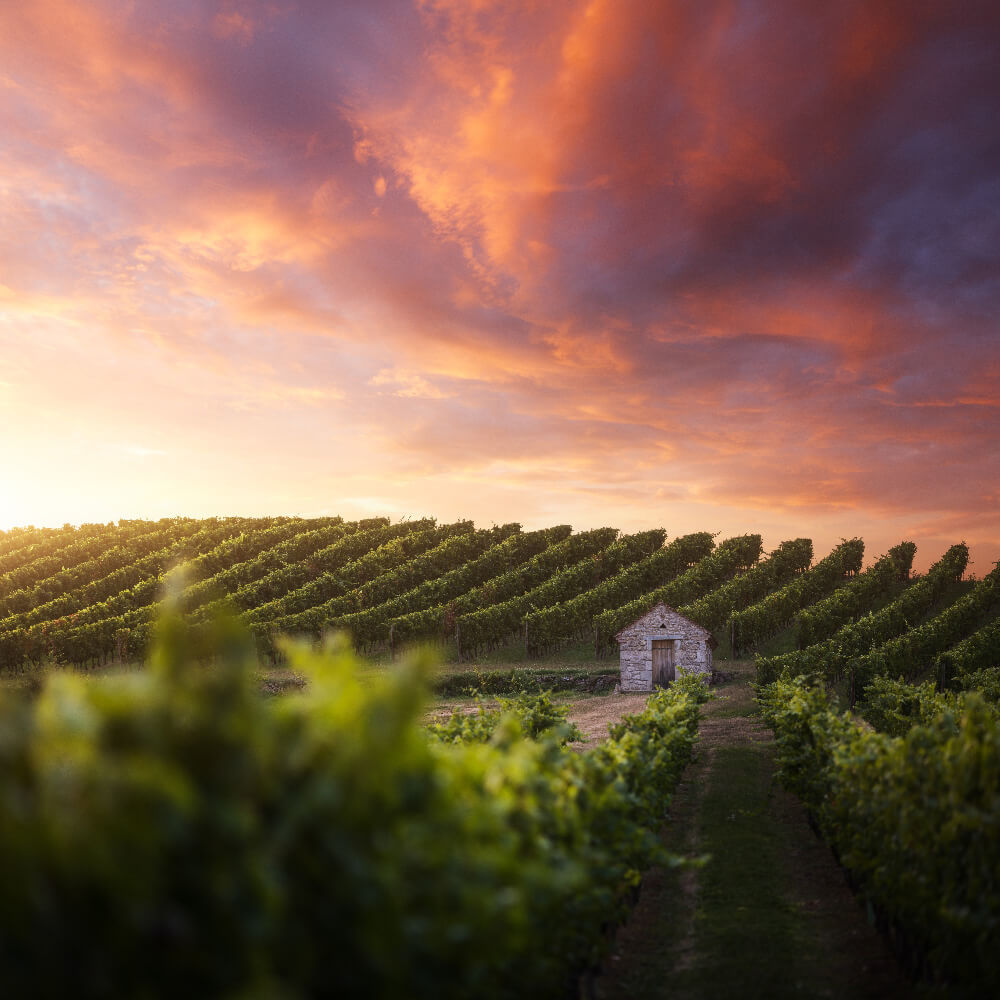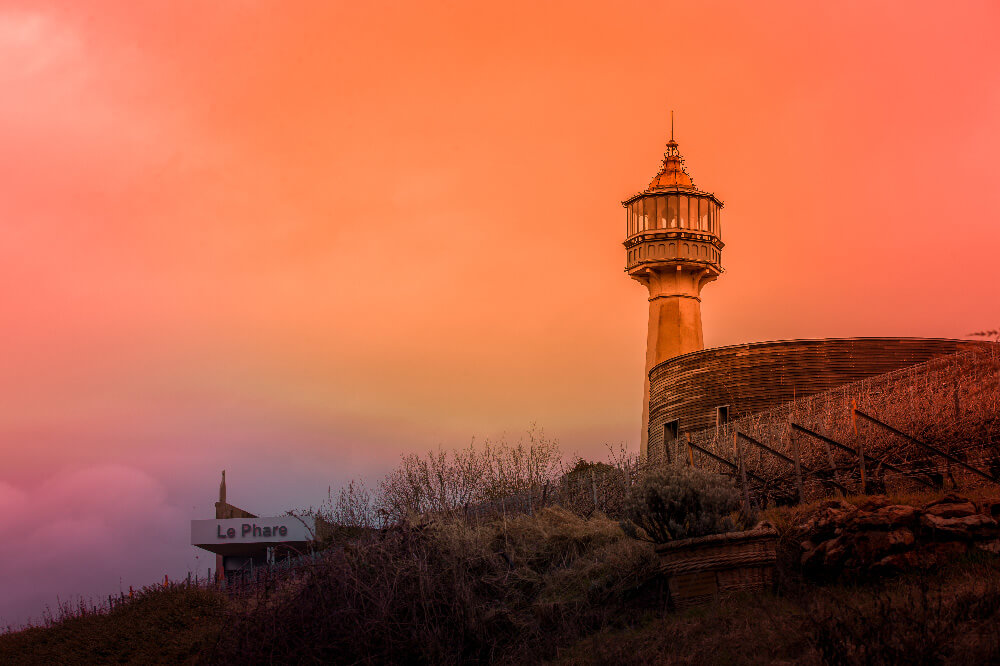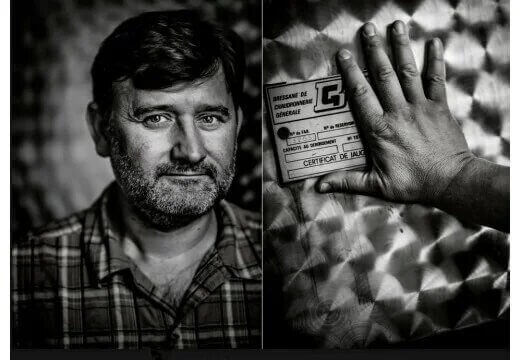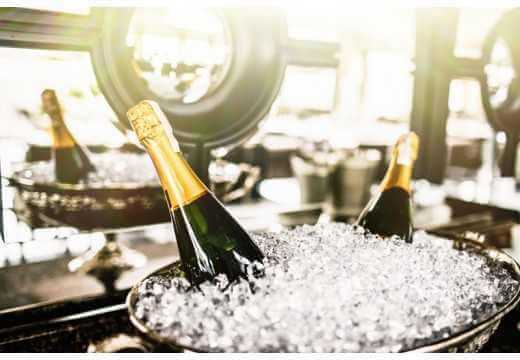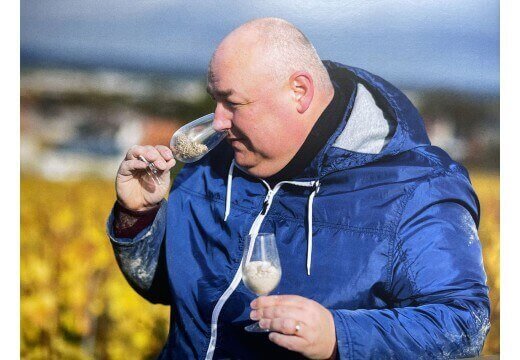The Côte des Blancs is located in the Marne department, south of Épernay. It extends over some twenty kilometers perpendicular to the Marne Valley.
The slopes are mainly oriented
East and South-East, sheltering the vines from the prevailing winds. They are generally planted between 100 and 200 meters above sea level.
This region is the cradle of the Chardonnay grape, from which it takes its name. This white grape is enhanced by a chalky layer that brings finesse and minerality.
The soil in this area is characterized by outcropping chalk, a veritable reservoir of water and heat. The rock stores the sun's heat during the day and releases it at night. It also ensures soil drainage. It eliminates excess water through perfect drainage. This regulates excess humidity in rainy periods and mitigates the effects of drought in summer. On the surface, the chalk reflects light and heat onto the vines.
Although this rock was mined for the construction of Reims, the chalk pits are now used as cellars. They guarantee the ideal temperature and humidity for ageing and preserving champagne.
In this "chalky Champagne ", independent winegrowers, major houses and cooperatives work side by side to produce cuvées featuring Chardonnay. Appreciated by connoisseurs, Chardonnay from the Côte des Blancs, and even more so Chardonnay Grand Cru, boasts complex, delicate aromas.
Produced from these remarkable plots, it expresses the quintessence of exceptional cuvées.
The specificity of each terroir enables it to express itself differently:
-Avize champagnesare sought after for their minerality and white flower aromas, punctuated by noble citrus fruits,
- Chouilly champagnes are appreciated for their elegance, haloed by notes of sweet fruit, against a background of freshness,
- Oger cuvées can be recognized by their generous aromas, with a hint of pastry, evolving towards slightly spicy notes,
- As for those from Mesnil-sur-Oger, they are characterized by their fullness and complexity, thanks to a softer soil,
- Finally, champagnes from Cramant stand out for their power and concentration.
Following on from the Côte des Blancs, the Sézannais terroir is characterized by the presence of clay or sand on chalky soil. The grape varieties grown in this area are mainly Chardonnay.


